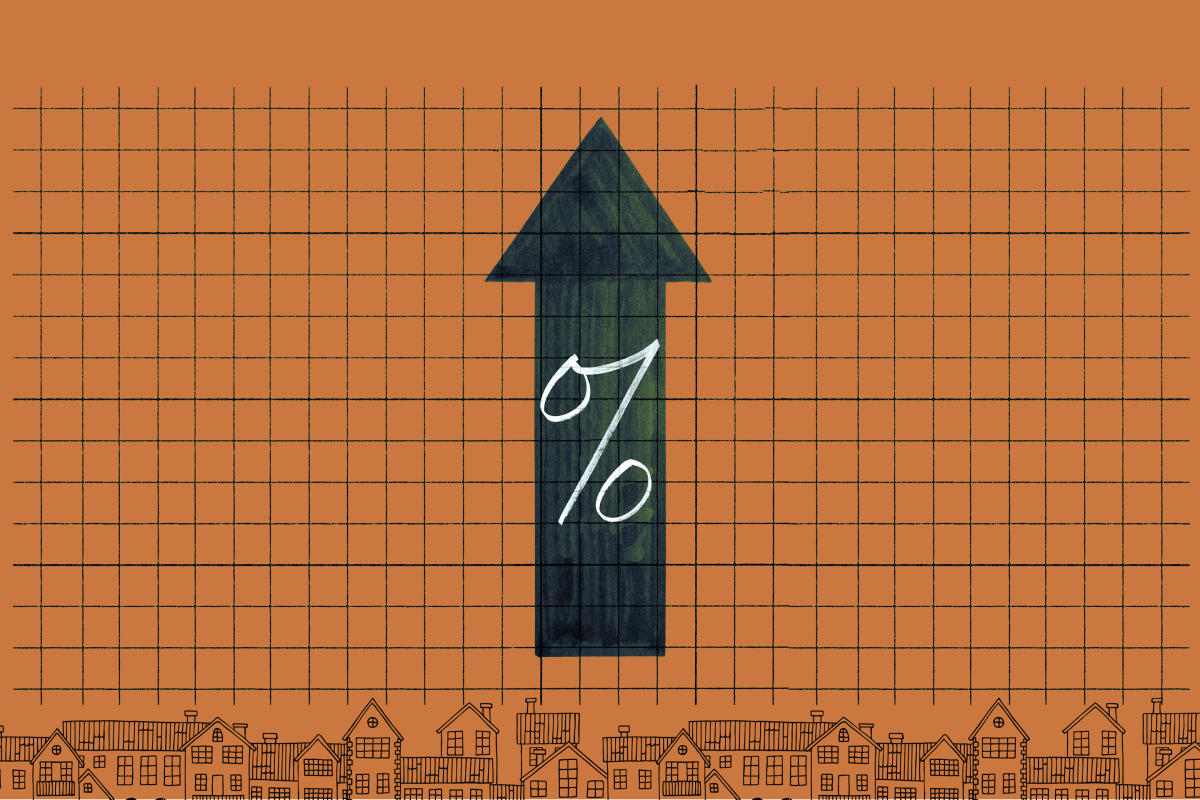Personal Finance
Mortgage Rates Are up Again: Freddie Mac

Homebuyers got some unwelcome news this week: Mortgage rates are inching higher yet again.
According to Freddie Mac’s benchmark survey, the average rate on a 30-year fixed-rate mortgage edged up to 6.43%, a change of 0.04 percentage points from a week ago. Rates bumped higher for the second week in a row.
The average rate on a 15-year fixed-rate loan, on the other hand, slid to 5.71%, a change of 0.05 percentage points from the week prior.
That said, Freddie Mac’s chief economist Sam Khater expects that cooling inflation will cause mortgage rates to “gently decline over the course of 2023.”
The prospect of lower borrowing costs “should be welcome news to borrowers who are looking to purchase a home,” he added.
In the near term, buyers are still facing a tough housing market. With few listings to choose from and the supply of single-family homes running well below demand, many are having to turn to newly built homes.
“Buyers are increasingly finding themselves on the lot of a new subdivision as the availability of existing homes for sale remains very limited,” Lisa Sturtevant, chief economist at Bright MLS, said in prepared comments.
Sturtevant estimates that one in three homes available for sale is a new construction home, compared to one in 10 during a more typical year.
New construction single-family home sales increased by 9.6% in March compared to the previous month, according to the Department of Housing and Urban Development.
Rates tick higher as markets await the Fed’s decision
Mortgage rates drifted higher this week as market analysts waited for more clues as to what moves the Federal Reserve might make after next week’s scheduled meeting.
It’s widely expected that the Fed will raise the short-term, overnight interest rate, also known as the federal fund rate, by another 0.25 percentage points. What happens after that is up for debate.
Although the Fed has consistently indicated that it intends to keep rates elevated for an extended period of time in order to bring inflation back down to its target range of 2%, market analysts are hoping the central bank will actually start reducing the fed fund rate sometime this year.
The purpose of the increase is to tighten credit standards and make it more expensive for consumers and businesses to borrow money. Less access to financing slows down demand for consumer goods. Lower demand, in turn, leads to lower prices for goods and services — or lower inflation.
If the fed goes through with the hike next week, it would be the 10th increase in a little over a year.
Data reports that analysts will be paying attention to this week include employment and gross domestic product results for the first quarter of the year. They’ll also be eyeing changes to the personal consumption expenditures price index, which is set to be released on Friday. The PCE index is the Federal Reserve’s preferred measure of inflation.
A meaningful decrease in PCE “should send longer-term yields, including mortgage rates, downward,” Orphe Divounguy, senior macroeconomist at Zillow Home Loans, said in a statement.
More from Money:
Best Mortgage Lenders of 2023
Mortgage Calculator by Money
How to Get the Lowest Mortgage Rate: A Step-by-Step Guide
© Copyright 2023 Money Group, LLC. All Rights Reserved.
This article originally appeared on Money.com and may contain affiliate links for which Money receives compensation. Opinions expressed in this article are the author’s alone, not those of a third-party entity, and have not been reviewed, approved, or otherwise endorsed. Offers may be subject to change without notice. For more information, read Money’s full disclaimer.
Read the full article here

-

 Passive Income7 days ago
Passive Income7 days agoJoin the Highest-Growing Industry in 2025 With This $60 Cybersecurity E-Learning Bundle
-

 Side Hustles5 days ago
Side Hustles5 days agoAI Agents Are Becoming More Humanlike — and OpenAI Is Launching a New One in January. Are Entrepreneurs Ready to Embrace the Future?
-

 Passive Income5 days ago
Passive Income5 days agoSending A Last-Minute Marketing Email? Follow This 7-Step Checklist to Avoid Making These Costly Mistakes
-

 Investing4 days ago
Investing4 days agoMaersk asks customers to remove cargo before potential strike at US ports By Reuters
-

 Investing4 days ago
Investing4 days agoCheck it Out: An AI Multi-Tool for Any Budget
-

 Investing7 days ago
Investing7 days agoMorgan Stanley boosts consumer finance outlook for 2025 By Investing.com
-

 Investing6 days ago
Investing6 days agoLifetime Digital Asset Management Made Simple for Businesses
-

 Side Hustles7 days ago
Side Hustles7 days agoLooking to Sell Your Company? Here’s a Potentially Lucrative Exit Plan Every Business Needs to Consider.


















